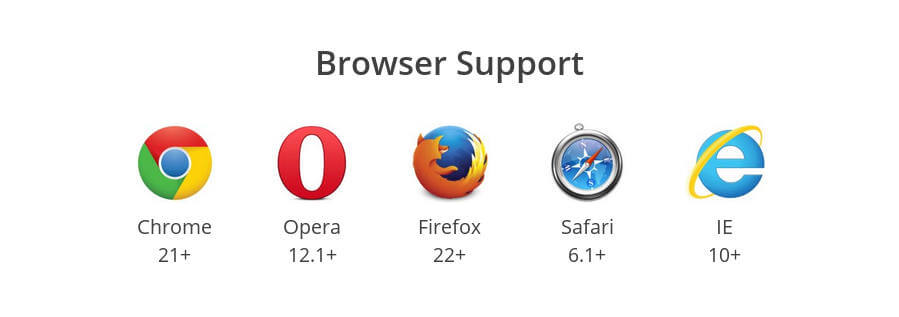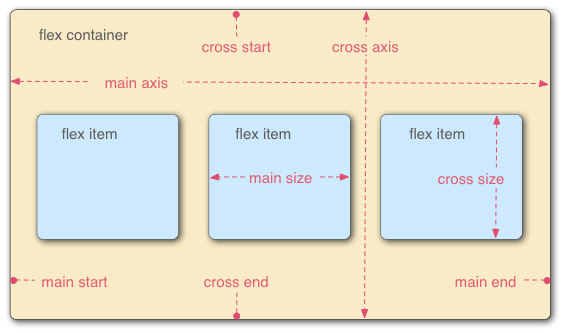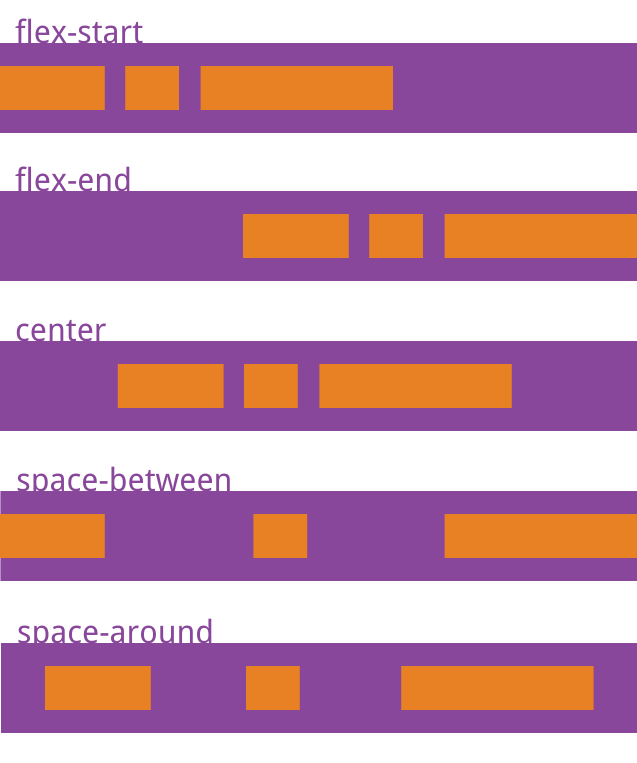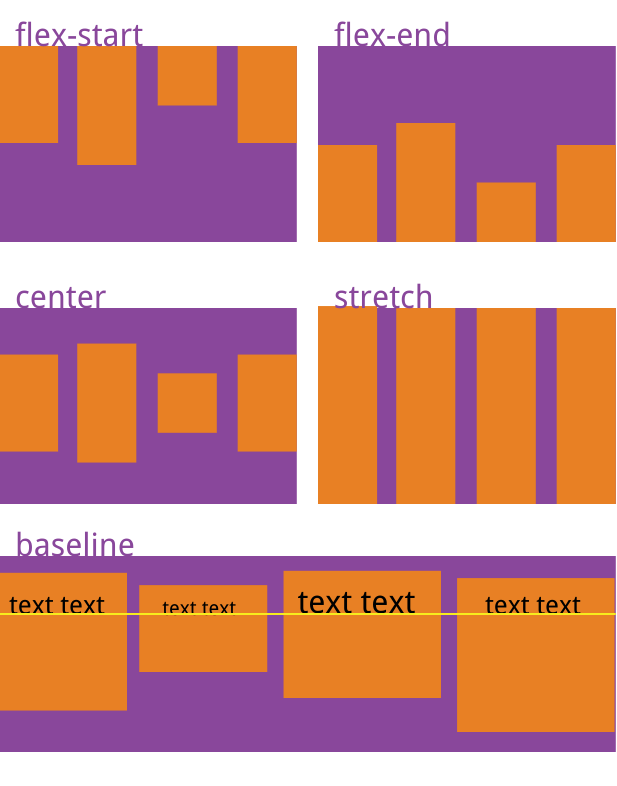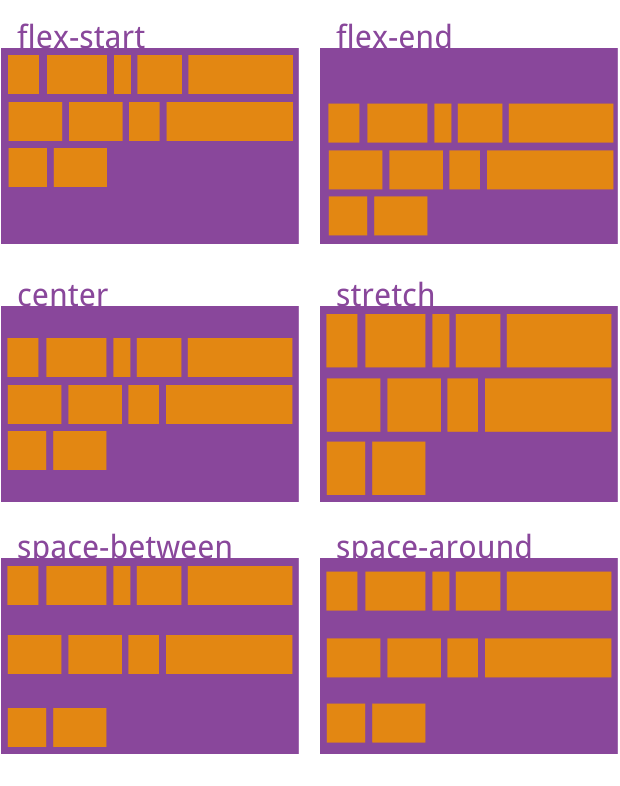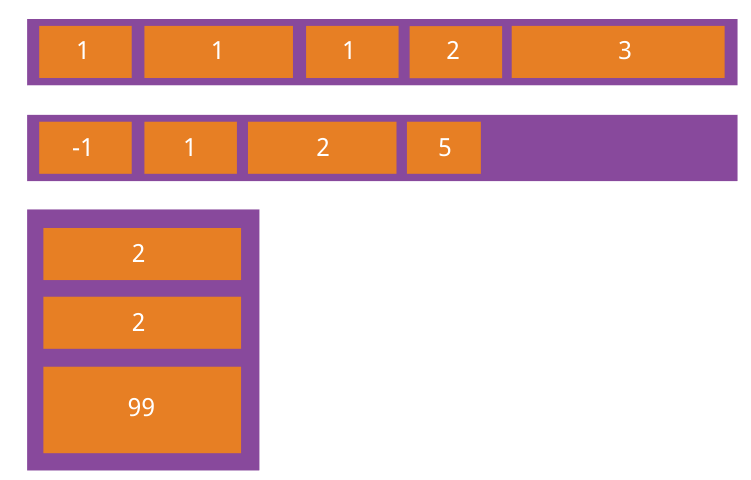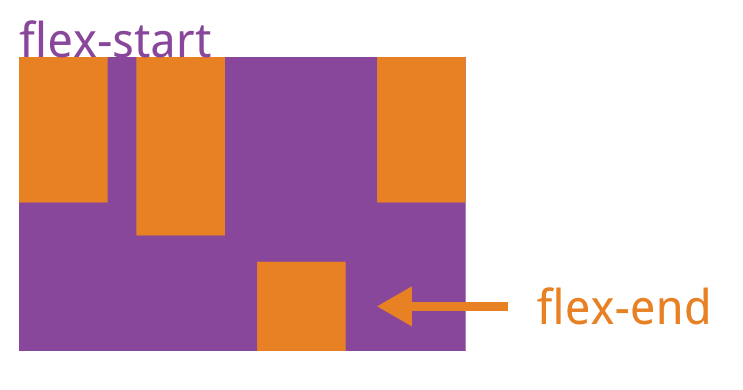背景
iOS10 新特性一出,各个大神就早已研究新特性能给场景智能化所带来的好处(唉,可惜我只是一个小白)。我也被安排适配iOS10的推送工作!
Apple 表示这是 iOS 有史以来最大的升级(our biggest release yet),更加智能开放的 Siri 、强化应用对 3D Touch 支持、 HomeKit 、电话拦截及全新设计的通知等等…
iOS 10 中将之前繁杂的推送通知统一成UserNotifications.framework 来集中管理和使用通知功能,还增加一些实用的功能——撤回单条通知、更新已展示通知、中途修改通知内容、在通知中显示多媒体资源、自定义UI等功能,功能着实强大!
本文主要是针对iOS 10的消息通知做介绍,所以很多代码没有对iOS 10之前做添加适配。
基本原理
iOS推送分为Local Notifications(本地推送) 和 Remote Notifications(远程推送)(原理图来源于网络,如有侵权请告知,我会添加来源,我怕我赔不起)
Local Notifications(本地推送)
![]()
Local Notifications.png
- App本地创建通知,加入到系统的Schedule里,
- 如果触发器条件达成时会推送相应的消息内容
Remote Notifications(远程推送)
![]()
Remote Notifications1.jpg
图中,Provider是指某个iPhone软件的Push服务器,这篇文章我将使用我花了12块大洋(心疼)买的
APNS Pusher 作为我的推送源。
APNS 是Apple Push Notification Service(Apple Push服务器)的缩写,是苹果的服务器。
上图可以分为三个阶段:
第一阶段:APNS Pusher应用程序把要发送的消息、目的iPhone的标识打包,发给APNS。
第二阶段:APNS在自身的已注册Push服务的iPhone列表中,查找有相应标识的iPhone,并把消息发到iPhone。
第三阶段:iPhone把发来的消息传递给相应的应用程序, 并且按照设定弹出Push通知。
![]()
Remote Notifications2.jpeg
从上图我们可以看到:
-
首先是应用程序注册消息推送。
-
IOS跟APNS Server要deviceToken。应用程序接受deviceToken。
-
应用程序将deviceToken发送给PUSH服务端程序。
-
服务端程序向APNS服务发送消息。
-
APNS服务将消息发送给iPhone应用程序。
基本配置和基本方法
如果只是简单的本地推送,跳过1 2 步骤,直接到3
1、 如果你的App有远端推送的话,那你需要开发者账号的,需要新建一个对应你bundle的push 证书。证书这一块我就不说了,如果针对证书有什么问题可以给我留言,我会单独把证书相关的知识点整理起来!如果你没有账号,可以到某宝买个,很便宜。
2、 Capabilities中打开Push Notifications 开关
在XCode7中这里的开关不打开,推送也是可以正常使用的,但是在XCode8中,这里的开关必须要打开,不然会报错:
Error Domain=NSCocoaErrorDomain Code=3000 "未找到应用程序的“aps-environment”的授权字符串" UserInfo={NSLocalizedDescription=未找到应用程序的“aps-environment”的授权字符串}
打开后会自动在项目里生成entitlements文件。
![]()
Push Notification开关.png
![]()
entitlements文件.png
3、 推送的注册
第一步: 导入 #import <UserNotifications/UserNotifications.h>
且要遵守<UNUserNotificationCenterDelegate>的协议,在Appdelegate.m中。
这里需要注意,我们最好写成这种形式(防止低版本找不到头文件出现问题)
#ifdef NSFoundationVersionNumber_iOS_9_x_Max
#import <UserNotifications/UserNotifications.h>
#endif
第二步:我们需要在
- (BOOL)application:(UIApplication *)application didFinishLaunchingWithOptions:(NSDictionary *)launchOptions中注册通知,代码如下
- (BOOL)application:(UIApplication *)application didFinishLaunchingWithOptions:(NSDictionary *)launchOptions {
[self replyPushNotificationAuthorization:application];
return YES;
}
#pragma mark - 申请通知权限
- (void)replyPushNotificationAuthorization:(UIApplication *)application{
if (IOS10_OR_LATER) {
UNUserNotificationCenter *center = [UNUserNotificationCenter currentNotificationCenter];
center.delegate = self;
[center requestAuthorizationWithOptions:(UNAuthorizationOptionBadge | UNAuthorizationOptionSound | UNAuthorizationOptionAlert) completionHandler:^(BOOL granted, NSError * _Nullable error) {
if (!error && granted) {
NSLog(@"注册成功");
}else{
NSLog(@"注册失败");
}
}];
[center getNotificationSettingsWithCompletionHandler:^(UNNotificationSettings * _Nonnull settings) {
NSLog(@"========%@",settings);
}];
}else if (IOS8_OR_LATER){
UIUserNotificationSettings *settings = [UIUserNotificationSettings settingsForTypes:UIUserNotificationTypeAlert | UIUserNotificationTypeBadge | UIUserNotificationTypeSound categories:nil];
[application registerUserNotificationSettings:settings];
}else{
[application registerForRemoteNotificationTypes:UIRemoteNotificationTypeBadge | UIRemoteNotificationTypeAlert | UIRemoteNotificationTypeSound];
}
[application registerForRemoteNotifications];
}
上面需要注意:
1. 必须写代理,不然无法监听通知的接收与点击事件
center.delegate = self;
下面是我在项目里定义的宏
#define IOS10_OR_LATER ([[[UIDevice currentDevice] systemVersion] floatValue] >= 10.0)
#define IOS9_OR_LATER ([[[UIDevice currentDevice] systemVersion] floatValue] >= 9.0)
#define IOS8_OR_LATER ([[[UIDevice currentDevice] systemVersion] floatValue] >= 8.0)
#define IOS7_OR_LATER ([[[UIDevice currentDevice] systemVersion] floatValue] >= 7.0)
2. 之前注册推送服务,用户点击了同意还是不同意,以及用户之后又做了怎样的更改我们都无从得知,现在 apple 开放了这个 API,我们可以直接获取到用户的设定信息了。注意UNNotificationSettings是只读对象哦,不能直接修改!只能通过以下方式获取
[center getNotificationSettingsWithCompletionHandler:^(UNNotificationSettings * _Nonnull settings) {
NSLog(@"========%@",settings);
}];
打印信息如下:
========<UNNotificationSettings: 0x1740887f0; authorizationStatus: Authorized, notificationCenterSetting: Enabled, soundSetting: Enabled, badgeSetting: Enabled, lockScreenSetting: Enabled, alertSetting: NotSupported, carPlaySetting: Enabled, alertStyle: Banner>
4、 远端推送需要获取设备的Device Token的方法是没有变的,代码如下
#pragma mark - 获取device Token
- (void)application:(UIApplication *)application didRegisterForRemoteNotificationsWithDeviceToken:(NSData *)deviceToken{
NSString *deviceString = [[deviceToken description] stringByTrimmingCharactersInSet:[NSCharacterSet characterSetWithCharactersInString:@"<>"]];
deviceString = [deviceString stringByReplacingOccurrencesOfString:@" " withString:@""];
NSLog(@"deviceToken===========%@",deviceString);
}
- (void)application:(UIApplication *)application didFailToRegisterForRemoteNotificationsWithError:(NSError *)error{
NSLog(@"[DeviceToken Error]:%@\n",error.description);
}
5、这一步吊了,这是iOS 10系统更新时,苹果给了我们2个代理方法来处理通知的接收和点击事件,这两个方法在<UNUserNotificationCenterDelegate>的协议中,大家可以查看下。
@protocol UNUserNotificationCenterDelegate <NSObject>
@optional
- (void)userNotificationCenter:(UNUserNotificationCenter *)center willPresentNotification:(UNNotification *)notification withCompletionHandler:(void (^)(UNNotificationPresentationOptions options))completionHandler __IOS_AVAILABLE(10.0) __TVOS_AVAILABLE(10.0) __WATCHOS_AVAILABLE(3.0);
- (void)userNotificationCenter:(UNUserNotificationCenter *)center didReceiveNotificationResponse:(UNNotificationResponse *)response withCompletionHandler:(void(^)())completionHandler __IOS_AVAILABLE(10.0) __WATCHOS_AVAILABLE(3.0) __TVOS_PROHIBITED;
@end
此外,苹果把本地通知跟远程通知合二为一。区分本地通知跟远程通知的类是UNPushNotificationTrigger.h类中,UNPushNotificationTrigger的类型是新增加的,通过它,我们可以得到一些通知的触发条件 ,解释如下:
- UNPushNotificationTrigger (远程通知) 远程推送的通知类型
- UNTimeIntervalNotificationTrigger (本地通知) 一定时间之后,重复或者不重复推送通知。我们可以设置timeInterval(时间间隔)和repeats(是否重复)。
- UNCalendarNotificationTrigger(本地通知) 一定日期之后,重复或者不重复推送通知 例如,你每天8点推送一个通知,只要dateComponents为8,如果你想每天8点都推送这个通知,只要repeats为YES就可以了。
- UNLocationNotificationTrigger (本地通知)地理位置的一种通知,
当用户进入或离开一个地理区域来通知。
现在先提出来,后面我会一一代码演示出每种用法。还是回到两个很吊的代理方法吧
#pragma mark - iOS10 收到通知(本地和远端) UNUserNotificationCenterDelegate
- (void)userNotificationCenter:(UNUserNotificationCenter *)center willPresentNotification:(UNNotification *)notification withCompletionHandler:(void (^)(UNNotificationPresentationOptions))completionHandler{
UNNotificationRequest *request = notification.request;
UNNotificationContent *content = request.content;
NSDictionary *userInfo = content.userInfo;
NSNumber *badge = content.badge;
NSString *body = content.body;
UNNotificationSound *sound = content.sound;
NSString *subtitle = content.subtitle;
NSString *title = content.title;
if([notification.request.trigger isKindOfClass:[UNPushNotificationTrigger class]]) {
NSLog(@"iOS10 收到远程通知:%@",userInfo);
}else {
NSLog(@"iOS10 收到本地通知:{\\\\nbody:%@,\\\\ntitle:%@,\\\\nsubtitle:%@,\\\\nbadge:%@,\\\\nsound:%@,\\\\nuserInfo:%@\\\\n}",body,title,subtitle,badge,sound,userInfo);
}
completionHandler(UNNotificationPresentationOptionBadge|
UNNotificationPresentationOptionSound|
UNNotificationPresentationOptionAlert);
}
- (void)userNotificationCenter:(UNUserNotificationCenter *)center didReceiveNotificationResponse:(UNNotificationResponse *)response withCompletionHandler:(void (^)())completionHandler{
UNNotificationRequest *request = response.notification.request;
UNNotificationContent *content = request.content;
NSDictionary *userInfo = content.userInfo;
NSNumber *badge = content.badge;
NSString *body = content.body;
UNNotificationSound *sound = content.sound;
NSString *subtitle = content.subtitle;
NSString *title = content.title;
if([response.notification.request.trigger isKindOfClass:[UNPushNotificationTrigger class]]) {
NSLog(@"iOS10 收到远程通知:%@",userInfo);
}else {
NSLog(@"iOS10 收到本地通知:{\\\\nbody:%@,\\\\ntitle:%@,\\\\nsubtitle:%@,\\\\nbadge:%@,\\\\nsound:%@,\\\\nuserInfo:%@\\\\n}",body,title,subtitle,badge,sound,userInfo);
}
completionHandler();
}
需要注意的:
1.下面这个代理方法,只会是app处于前台状态 前台状态 and 前台状态下才会走,后台模式下是不会走这里的
- (void)userNotificationCenter:(UNUserNotificationCenter *)center willPresentNotification:(UNNotification *)notification withCompletionHandler:(void (^)(UNNotificationPresentationOptions))completionHandler
2.下面这个代理方法,只会是用户点击消息才会触发,如果使用户长按(3DTouch)、弹出Action页面等并不会触发。点击Action的时候会触发!
- (void)userNotificationCenter:(UNUserNotificationCenter *)center didReceiveNotificationResponse:(UNNotificationResponse *)response withCompletionHandler:(void (^)())completionHandler
3.点击代理最后需要执行:completionHandler();
不然会报:
2016-09-27 14:42:16.353978 UserNotificationsDemo[1765:800117] Warning: UNUserNotificationCenter delegate received call to -userNotificationCenter:didReceiveNotificationResponse:withCompletionHandler: but the completion handler was never called.
4.不管前台后台状态下。推送消息的横幅都可以展示出来!后台状态不用说,前台时需要在前台代理方法中设置 ,设置如下:
completionHandler(UNNotificationPresentationOptionBadge|
UNNotificationPresentationOptionSound|
UNNotificationPresentationOptionAlert);
6、 iOS 10之前接收通知的兼容方法
#pragma mark -iOS 10之前收到通知
- (void)application:(UIApplication *)application didReceiveRemoteNotification:(NSDictionary *)userInfo {
NSLog(@"iOS6及以下系统,收到通知:%@", userInfo);
}
- (void)application:(UIApplication *)application didReceiveRemoteNotification:(NSDictionary *)userInfo fetchCompletionHandler:(void (^)(UIBackgroundFetchResult))completionHandler {
NSLog(@"iOS7及以上系统,收到通知:%@", userInfo);
completionHandler(UIBackgroundFetchResultNewData);
}
段结:是不是以为就结束了?NO NO NO(你以为离开了幻境,其实才刚刚踏入幻境!)上面的介绍了基本原理、基本配置以及基本方法说明,现在做完这些工作,我们的学习才刚刚开始!现在天时、地利、人和、可以开始下面推送coding的学习和测试了。
在用户日常生活中会有很多种情形需要通知,比如:新闻提醒、定时吃药、定期体检、到达某个地方提醒用户等等,这些功能在 UserNotifications 中都提供了相应的接口。
![]()
图片来源于网络.jpeg
我们先学会基本的技能简单的推送(爬),后面在学习进阶定制推送(走),最后看看能不能高级推送(飞不飞起来看个人了,我是飞不起来):
基本Local Notifications(本地推送) 和 Remote Notifications(远程推送)
一、 基本的本地推送
本地推送生成主要流程就是:
1. 创建一个触发器(trigger)
2. 创建推送的内容(UNMutableNotificationContent)
3. 创建推送请求(UNNotificationRequest)
4. 推送请求添加到推送管理中心(UNUserNotificationCenter)中
1、新功能trigger可以在特定条件触发,有三类:UNTimeIntervalNotificationTrigger、UNCalendarNotificationTrigger、UNLocationNotificationTrigger
1.1、 UNTimeIntervalNotificationTrigger:一段时间后触发(定时推送)
UNTimeIntervalNotificationTrigger *trigger1 = [UNTimeIntervalNotificationTrigger triggerWithTimeInterval:50 repeats:NO];
1.2 UNCalendarNotificationTrigger :调用
+ (instancetype)triggerWithDateMatchingComponents:(NSDateComponents *)dateComponents repeats:(BOOL)repeats;进行注册;时间点信息用 NSDateComponents.(定期推送)
NSDateComponents *components = [[NSDateComponents alloc] init];
components.weekday = 2;
components.hour = 16;
components.minute = 3;
UNCalendarNotificationTrigger *calendarTrigger = [UNCalendarNotificationTrigger triggerWithDateMatchingComponents:components repeats:YES];
1.3、UNLocationNotificationTrigger:调用
+ (instancetype)triggerWithRegion:(CLRegion *)region repeats:(BOOL)repeats;
进行注册,地区信息使用CLRegion的子类CLCircularRegion,可以配置region属性 notifyOnEntry和notifyOnExit,是在进入地区、从地区出来或者两者都要的时候进行通知,这个测试过程专门从公司跑到家时刻关注手机有推送嘛,果然是有的(定点推送)
CLLocationCoordinate2D center1 = CLLocationCoordinate2DMake(39.788857, 116.5559392);
CLCircularRegion *region = [[CLCircularRegion alloc] initWithCenter:center1 radius:500 identifier:@"经海五路"];
region.notifyOnEntry = YES;
region.notifyOnExit = YES;
UNLocationNotificationTrigger *locationTrigger = [UNLocationNotificationTrigger triggerWithRegion:region repeats:YES];
2、创建推送的内容(UNMutableNotificationContent)
UNNotificationContent:属性readOnly
UNMutableNotificationContent:属性有title、subtitle、body、badge、sound、lauchImageName、userInfo、attachments、categoryIdentifier、threadIdentifier
| 本地消息内容 |
内容限制大小 |
展示 |
| title |
NSString |
限制在一行,多出部分省略号 |
| subtitle |
NSString |
限制在一行,多出部分省略号 |
| body |
NSString |
通知栏出现时,限制在两行,多出部分省略号;预览时,全部展示 |
注意点: body中printf风格的转义字符,比如说要包含%,需要写成%% 才会显示,\同样
UNMutableNotificationContent *content = [[UNMutableNotificationContent alloc] init];
content.title = @"Dely 时间提醒 - title";
content.subtitle = [NSString stringWithFormat:@"Dely 装逼大会竞选时间提醒 - subtitle"];
content.body = @"Dely 装逼大会总决赛时间到,欢迎你参加总决赛!希望你一统X界 - body";
content.badge = @666;
content.sound = [UNNotificationSound defaultSound];
content.userInfo = @{@"key1":@"value1",@"key2":@"value2"};
3、创建完整的本地推送请求Demo
+ (void)createLocalizedUserNotification{
UNTimeIntervalNotificationTrigger *timeTrigger = [UNTimeIntervalNotificationTrigger triggerWithTimeInterval:5.0f repeats:NO];
UNMutableNotificationContent *content = [[UNMutableNotificationContent alloc] init];
content.title = @"Dely 时间提醒 - title";
content.subtitle = [NSString stringWithFormat:@"Dely 装逼大会竞选时间提醒 - subtitle"];
content.body = @"Dely 装逼大会总决赛时间到,欢迎你参加总决赛!希望你一统X界 - body";
content.badge = @666;
content.sound = [UNNotificationSound defaultSound];
content.userInfo = @{@"key1":@"value1",@"key2":@"value2"};
NSString *requestIdentifier = @"Dely.X.time";
UNNotificationRequest *request = [UNNotificationRequest requestWithIdentifier:requestIdentifier content:content trigger:timeTrigger];
UNUserNotificationCenter* center = [UNUserNotificationCenter currentNotificationCenter];
[center addNotificationRequest:request withCompletionHandler:^(NSError * _Nullable error) {
if (!error) {
NSLog(@"推送已添加成功 %@", requestIdentifier);
UIAlertController *alert = [UIAlertController alertControllerWithTitle:@"本地通知" message:@"成功添加推送" preferredStyle:UIAlertControllerStyleAlert];
UIAlertAction *cancelAction = [UIAlertAction actionWithTitle:@"取消" style:UIAlertActionStyleCancel handler:nil];
[alert addAction:cancelAction];
[[UIApplication sharedApplication].keyWindow.rootViewController presentViewController:alert animated:YES completion:nil];
}
}];
}
运行结果如下:
![]()
装X决赛通知.jpg
二、 基本的远端推送
如果你想模拟远端推送,按照我前面介绍的配置基本环境、证书、push开关和基本方法就可以模拟远端的基本远端推送。
1、运行工程则会拿到设备的Device Token,后面会用到。
![]()
device token.png
2、现在我们需要一个推送服务器给APNS发送信息。我前面说了我花了12块大洋(心疼死我了)买了一个APNS pusher 来模拟远端推送服务,当然你可以不花钱也可以用到,例如:
NWPusher
![]()
APNS pusher
3、你需要把你刚刚获取的device token填到相应位置,同时你要配置好push证书哦。
4、需要添加aps内容了,然后点击send就OK了
{
"aps" : {
"alert" : {
"title" : "iOS远程消息,我是主标题!-title",
"subtitle" : "iOS远程消息,我是主标题!-Subtitle",
"body" : "Dely,why am i so handsome -body"
},
"badge" : "2"
}
}
5、稍纵即逝你就收到了远端消息了
![]()
远端消息.jpg
6、Notification Management
对推送进行查、改、删。都需要一个必需的参数requestIdentifier
1、更新通知
Local Notification需要通过更新request.相同的requestIdentifier,重新添加到推送center就可以了,说白了就是重新创建local Notification request(只要保证requestIdentifier就ok了),应用场景如图
![]()
Local Notification更新前.png
![]()
Local Notification更新后.png
Remote Notification 更新需要通过新的字段apps-collapse-id来作为唯一标示,我前面用的APNS pusher暂不支持这个字段,不过github上有很多这样的工具:
https://github.com/KnuffApp/Knuff
这样remote 也可以更新推送消息
2、推送消息的查找和删除
- (void)getPendingNotificationRequestsWithCompletionHandler:(void(^)(NSArray<UNNotificationRequest *> *requests))completionHandler;
- (void)removePendingNotificationRequestsWithIdentifiers:(NSArray<NSString *> *)identifiers;
- (void)removeAllPendingNotificationRequests;
- (void)getDeliveredNotificationsWithCompletionHandler:(void(^)(NSArray<UNNotification *> *notifications))completionHandler __TVOS_PROHIBITED;
- (void)removeDeliveredNotificationsWithIdentifiers:(NSArray<NSString *> *)identifiers __TVOS_PROHIBITED;
- (void)removeAllDeliveredNotifications __TVOS_PROHIBITED;
测试如下:
+ (void)notificationAction{
NSString *requestIdentifier = @"Dely.X.time";
UNUserNotificationCenter* center = [UNUserNotificationCenter currentNotificationCenter];
[center getDeliveredNotificationsWithCompletionHandler:^(NSArray<UNNotification *> * _Nonnull notifications) {
}];
}
段结: 收到通知时你需要在appdelegate里面的代理方法里处理你的需求逻辑,这个需要你自己写了。到目前为止你掌握了基本的本地推送和基本的远端推送!
不知不觉写了这么多字(全是TM废话)、本来继续打算写进阶的本地和远端推送(Media Attachments、Notification Actions、自定义推送界面等),留着下一篇博客继续分享吧,欲知后事如何,且听下会装X!
如果你喜欢可以点个喜欢^_^(竟有如此厚颜无耻之人)
下集预告:
![]()
推送图片.jpg
![]()
推送图片2.jpg
文/Dely(简书作者)
原文链接:http://www.jianshu.com/p/c58f8322a278
著作权归作者所有,转载请联系作者获得授权,并标注“简书作者”。
作者:st646889325 发表于2016/10/15 8:40:43
原文链接























 中的toolsVersion和
中的toolsVersion和 中的version改成你正常的xib文件中的值
中的version改成你正常的xib文件中的值








